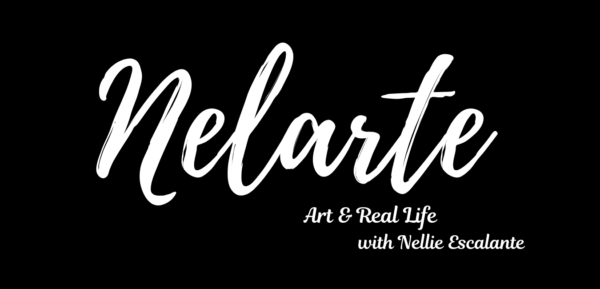As a Met museum educator, I have been having a ball facilitating tours of the Harlem Renaissance and Transatlantic exhibition. It has been wonderful to see many of these paintings which I have only seen in books or on the web up close and personal.
One thing I did notice was that there were several Latino artists also included in the exhibition. Following are two of them; Teodoro Ramos Blanco and Miguel Covarrubias.
Teodoro Ramos-Blanco
This sculpture of Langston Hughs by Teodoro Ramos-Blanco is one of the works included in the exhibition.

Langston Hughes had met Ramos-Blanco during a trip to Cuba. According to his autobiography as written in the exhibition catalog, “he (Hughes) was particularly fond of Cuba and Afro-cuban culture, Hughes had an affinity of Latin Americans, and the Spanish language.” Hughes first visited the island in 1927 and returned in 1930 and 1931. During those two separate visits in the early 1930s, Hughes was introduced to and made many friends with Cuban artists and intellectuals, one of whom was the accomplished Afro-Cuban sculptor Teodoro Ramos-Blanco. During or just after Hughes’ visit, Ramos-Blanco produced his portrait of Langston Hughes, a relief sculpture in profile made of plaster perhaps, according to the catalog of the exhibition, intended as an homage to their close friendship.
Ramos-Blanco was an Afro-Cuban artist born in Havana, Cuba in 1902. He was an innovator of modern sculpture in Cuba and a master of modeling in bronze, marble, stone and wood.
The artist studied at the San Alejandro School from 1917 and graduated in 1928. He left Cuba for Italy in 1930 where he continued his studies especially through visits to museums and galleries and by mingling with other artists and intellectuals.
In his lifetime Ramos-Blanco traveled to France, Spain, Mexico and the United States to further expand his knowledge of different techniques in sculptural art. In 1944 he began teaching at the Academy of Fine Arts San Alejandro. The theme of racial issues was a key element in his sculptures, promoting universal values and the historical dimension of human beings. Teodoro Ramos Blanco died in 1972 in Havana.
Miguel Covarrubias
This work by Miguel Covarrubias is nestled in between works by renowned Harlem Renaissance artists Archibald Motley and Laura Wheeler Waring.

José Miguel Covarrubias Duclaud was born in 1904 in Mexico City. After graduating from the Escuela Nacional Preparatoria at the age of 14, he started producing caricatures and illustrations for texts and training materials published by the Mexican Ministry of Public Education. He also worked for the Ministry of Communications. In 1923, at the age of 19, he moved to New York City with a grant from the Mexican government.
In her book Covarrubias, author Adriana Williams writes that Mexican poet José Juan Tablada and New York Times critic/photographer Carl Van Vechten introduced him to New York’s literary/cultural elite. He immediately fell in love with the Harlem jazz scene, which he frequented with his wife Rosa and friends including Eugene O’Neill and Nickolas Muray. He counted among his friends; Zora Neale Hurston, Langston Hughes, and W.C. Handy for whom he also illustrated books. Miguel’s caricatures of the jazz clubs were the first of their kind printed in Vanity Fair. He managed to capture the spirit of the Harlem Renaissance in much of his work as well as in his book, Negro Drawings. He did not consider these caricatures, but serious drawings of people, music, and a culture he loved.
Harlem Renaissance and Transatlantic Modernism closes this Sunday, July 28. If you are in NYC, you still have time to see it!
Sources
The Harlem Renaissance and Transatlantic Modernism, 2024. Edited by Denise Murrell
Covarrubias, 1994 by Adriana Williams

